


Optimized manufacturing starts with design - Why this factor is crucial.
A product can only be economically successful if it can be manufactured and assembled efficiently. But all too often, these aspects are only considered late in the development process — with expensive corrections as a result. Our approach starts here: From the very first design phases, we take manufacturing processes into account, reduce complexity and create solutions that can be optimally integrated into existing production processes.
Good design is created in exchange. That is why we work closely with engineers, manufacturing and assembly experts to check design decisions as early as possible for practical use. Every choice of material, every type of connection and every assembly process is thought through together to achieve optimum efficiency. Thanks to direct coordination and iterative development, we avoid unnecessary adjustment loops and ensure that our designs are not only technically convincing but also economically feasible. We rely on a cooperative development process that enables practical solutions and prevents errors in production. Very close to your requirements.

We understand your issues.
Innovation is the key to success - but there are often unexpected hurdles between promising ideas and actual implementation. Development managers, production managers and technical managing directors are faced with the task of balancing technological progress with economic and production requirements on a daily basis. Time pressure, costs and complex manufacturing processes set clear limits.
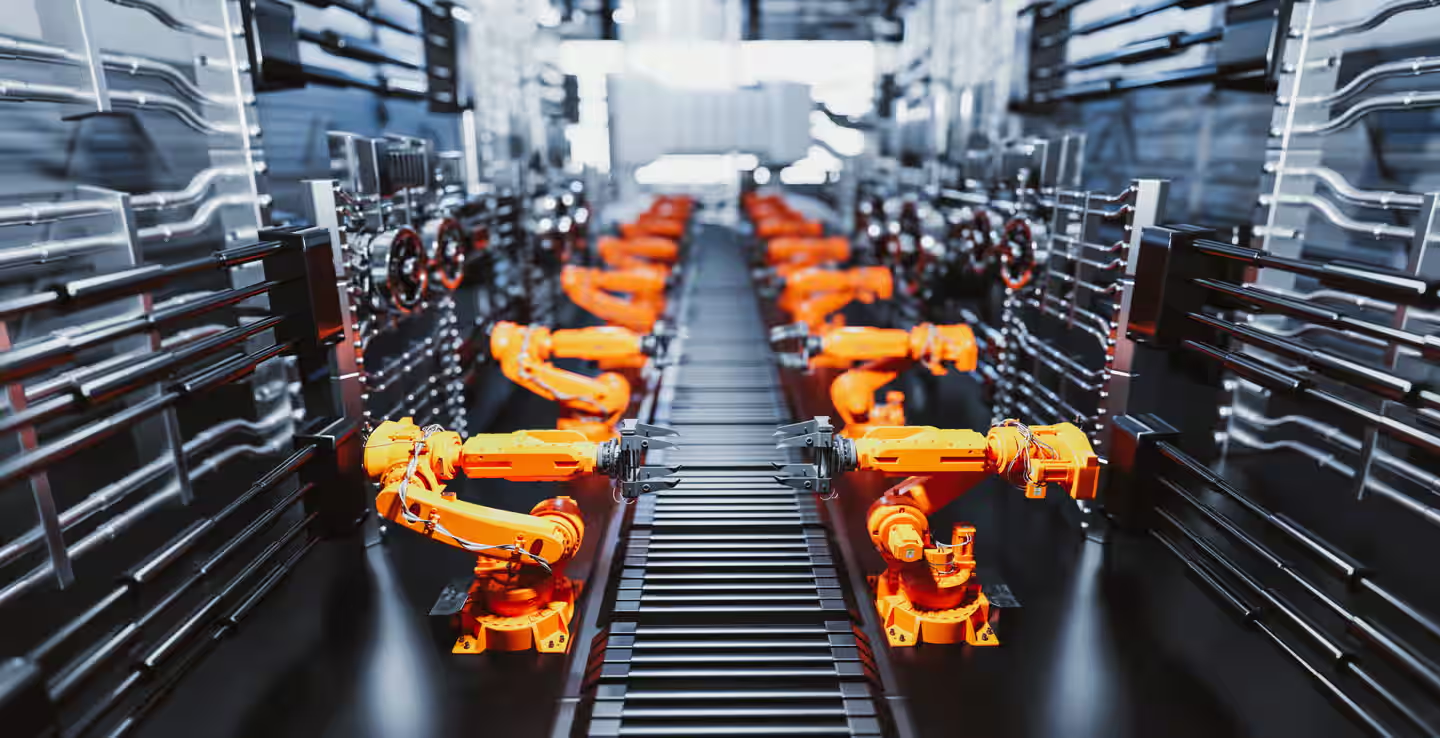
Good design is the solution.
From concept to series production.
An efficiently designed product not only saves production costs, but also ensures smooth assembly and long-lasting quality. Our process optimizes every design for manufacturing and assembly right from the start so that it integrates seamlessly into existing production processes.
Evaluation of current production methods to increase efficiency.
Reduction of material costs and production steps.
Work with your team to precisely define requirements.

Testing design variants to optimize component geometries and assembly processes.
Reducing the number of parts and improving ease of assembly.
Use of innovative manufacturing processes such as rubber pad pressing or 3D printing.
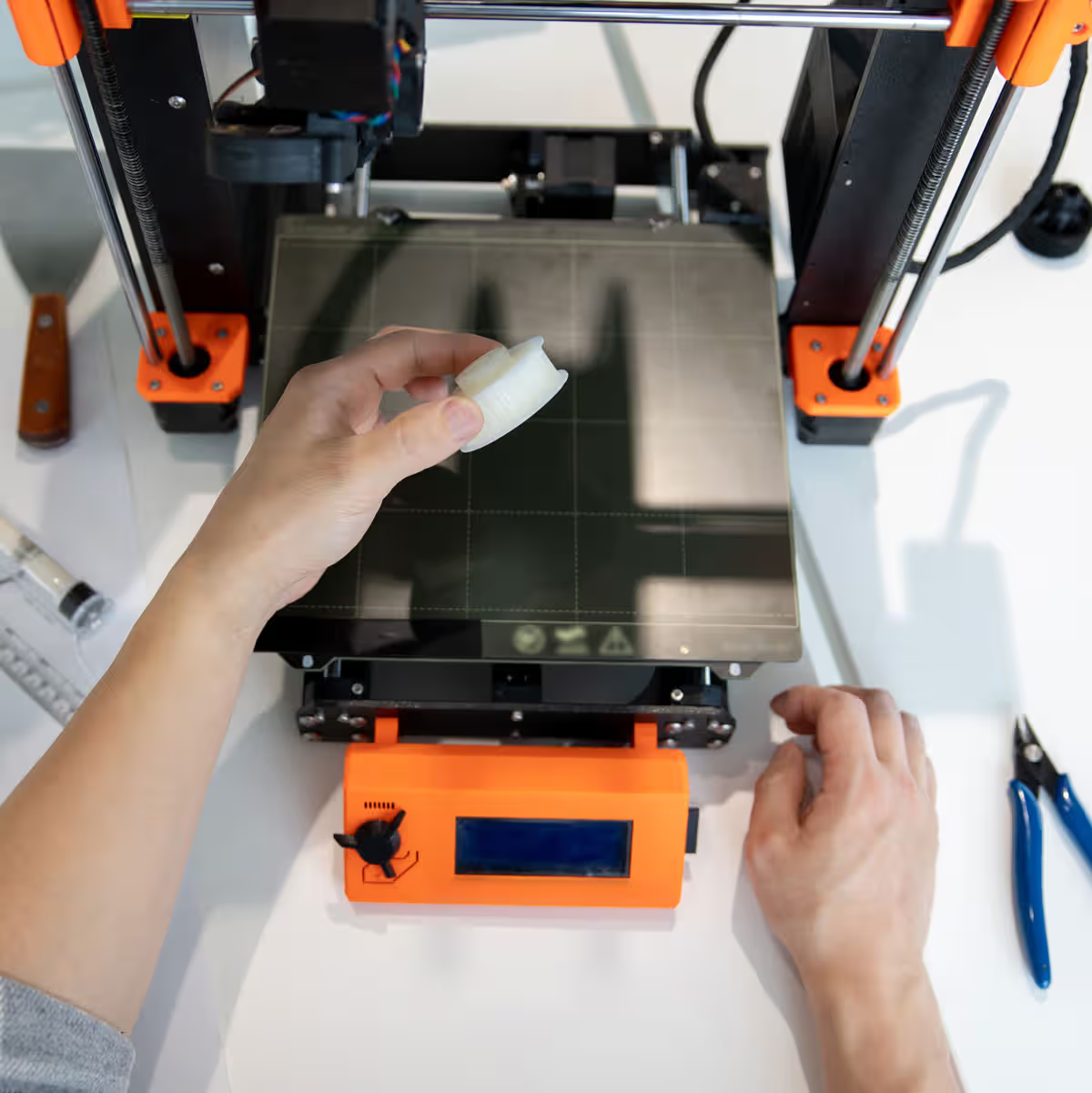
Optimization of production and assembly processes through digital and physical testing.
Adapting the design to different production volumes and manufacturing processes.
Support with quality assurance and continuous optimization.

Our projects show how efficiently thought-out design creates measurable benefits.
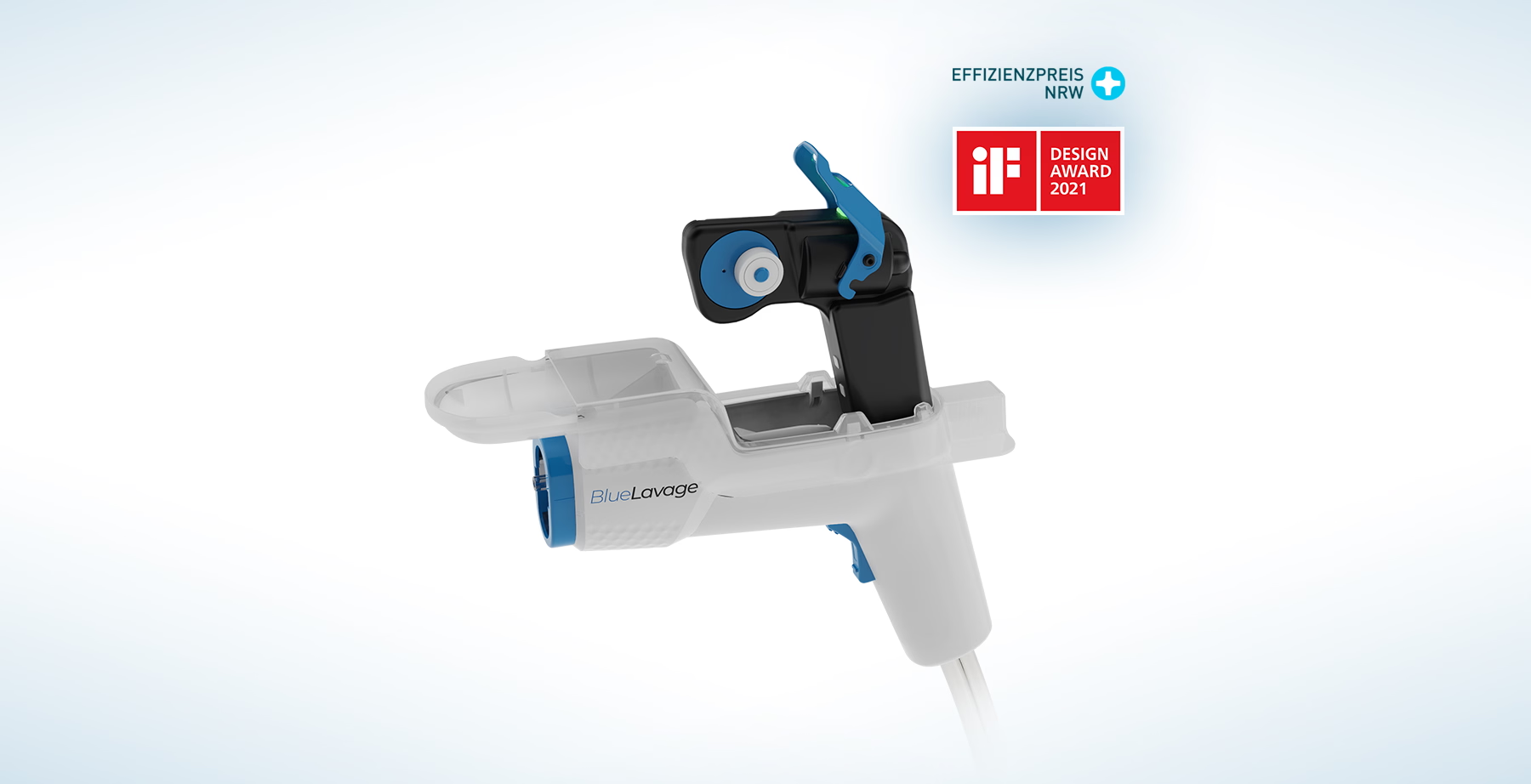
Modern Medical Technology - By reducing the number of parts and integrating modular components, the assembly time of a device was reduced by 30%.
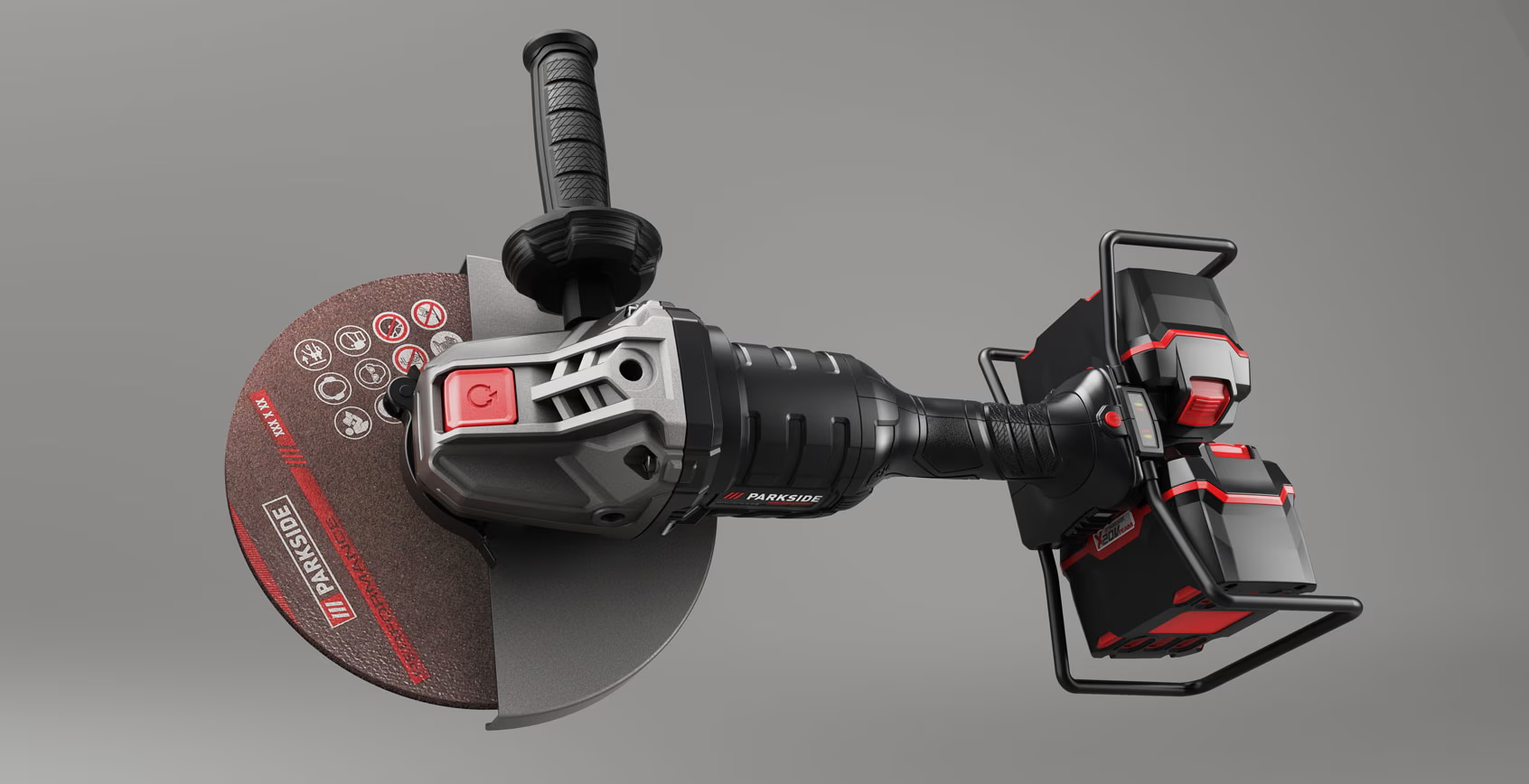
Power Tools - The optimized component geometry led to a reduction in material consumption of 42% less aluminum at the head of an angle grinder.
Biking - The introduction of rubber cushion pressing made it possible to produce small quantities cost-effectively while ensuring the quality and precision of the products.
Our tools for your success.
Modern manufacturing requires precise, flexible and cost-effective methods. We use a combination of powerful CAD software, cutting-edge prototyping technology and high-precision manufacturing processes to develop designs that can be implemented economically and reliably.

We work with two specialized CAD systems to optimally implement both creative and technical requirements:
With these tools, we develop designs that are functional, production-ready and easy to assemble.
Our 3D printing processes make it possible to quickly make design ideas tangible and to test them at an early stage. In particular, we rely on two technologies with specific strengths:
By using additive manufacturing, we can implement design adjustments immediately and drastically reduce validation times.
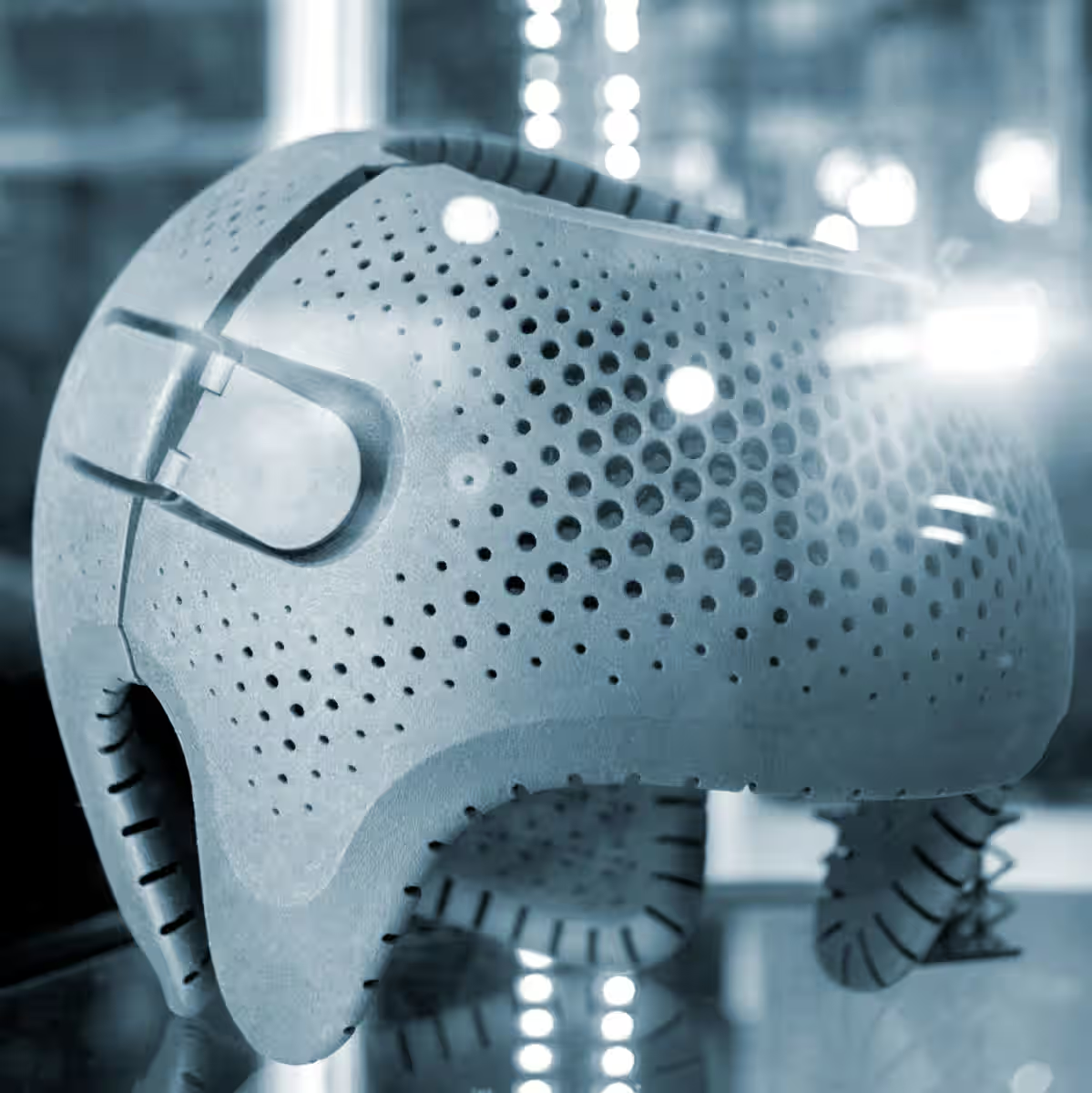

With our in-house portal milling system, we produce exact models, prototypes and workpieces that are ideal for functional and assembly tests.
Our 3D scanner with hybrid laser and LED technology captures components with maximum accuracy. This enables us to:

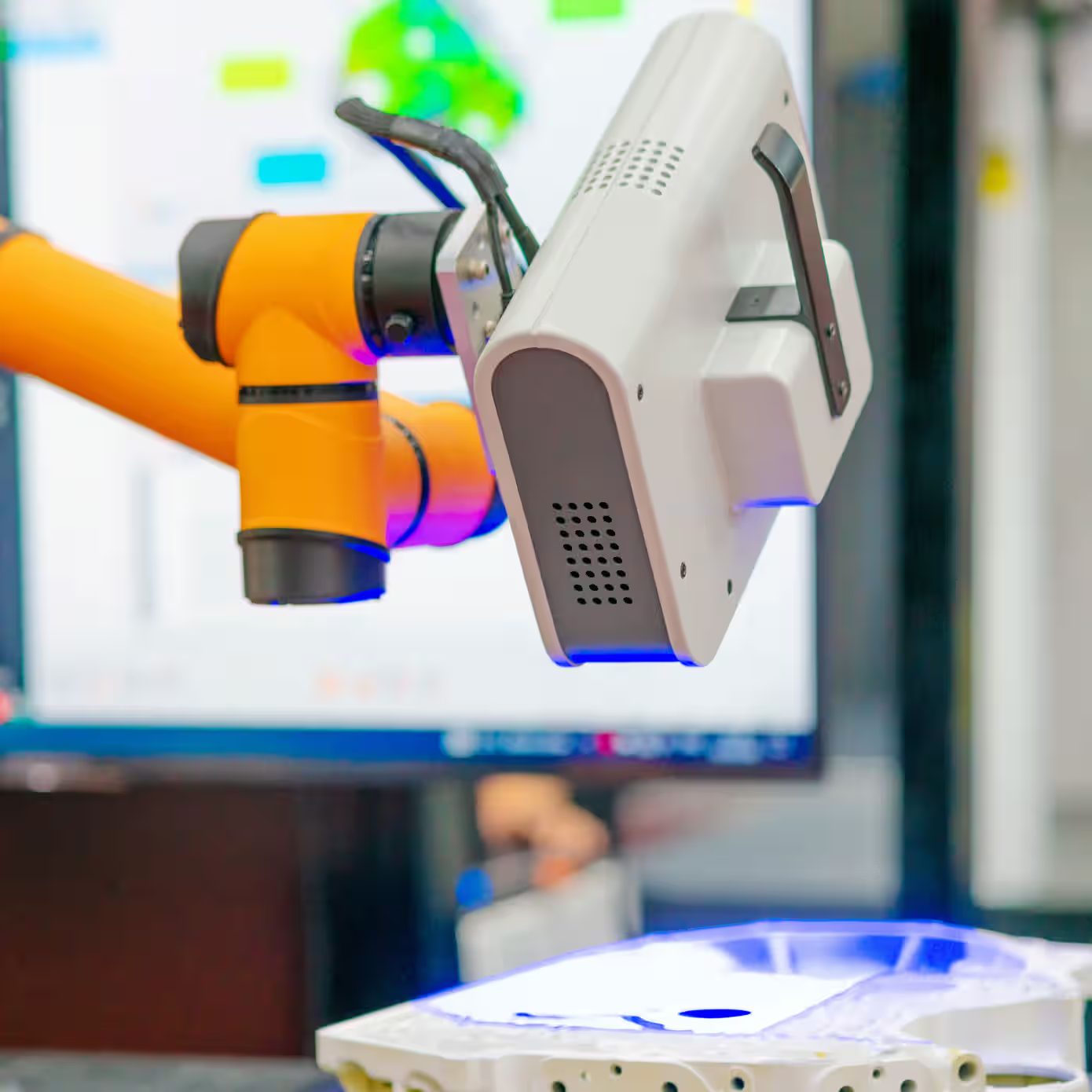
Through area recycling and optimization, we make it possible to improve existing components. This is particularly valuable when original data is missing or older designs are adapted to modern manufacturing processes.
Our technologies are designed to shorten development times, reduce costs and ensure the highest quality — so that your products can not only be developed innovatively but also economically.
And we're happy to answer them.
By reducing the number of parts and optimising geometries, material consumption and manufacturing steps are reduced. This significantly reduces production costs.
We use innovative processes such as CAD-assisted design, 3D printing, rubber pad pressing and reverse engineering to develop tailor-made solutions.
Our solutions are ideal for medical technology, power tools, sports equipment, and many other industries that require precise and easy-to-assemble products.
A small selection of projects that are not ordinary even for us.